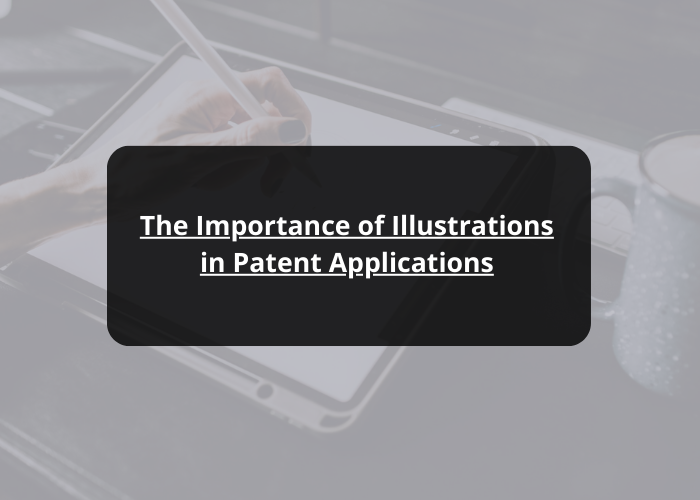Introduction: Visualizing Inventions for Effective Communication
In the complex world of patents, where technical descriptions and legal language dominate, illustrations play a crucial role in communicating the essence of an invention. They provide visual representations that complement the written description, offering a clear and concise understanding of the invention’s structure, features, and functionality. In this article, we will explore the importance of illustrations in patent applications and how they contribute to the overall success of the patent filing process.
1. Enhancing Clarity and Understanding
One of the primary purposes of illustrations in patent applications is to enhance clarity and understanding. While written descriptions may be comprehensive, they can sometimes be difficult for readers, such as patent examiners, to fully grasp. Illustrations bridge this gap by presenting visual depictions of the invention, making it easier for examiners and other stakeholders to visualize and comprehend the technical aspects of the invention. Well-executed drawings provide a clear representation of the invention’s structure, relationships between components, and how it functions.
2. Enabling Detailed Descriptions
Patent applications require detailed descriptions of the invention’s components, features, and their interactions. Accompanying illustrations allow inventors to supplement these descriptions effectively. They provide a visual reference for specific elements, intricate mechanisms, or complex processes that might be challenging to describe solely in words. By combining written descriptions with illustrations, inventors can provide a comprehensive and precise explanation of their invention, leaving little room for ambiguity or misinterpretation.
3. Supporting Patent Claims
The claims section of a patent application defines the scope of protection sought for the invention. Illustrations play a crucial role in supporting these claims by visually demonstrating the features and elements that make the invention novel, inventive, and distinguishable from prior art. Well-constructed drawings can help patent examiners and other stakeholders better understand the unique aspects of the invention and its advantages over existing technologies, strengthening the case for patentability.
4. Navigating Language and Cultural Barriers
Patent applications are filed in various jurisdictions around the world, where different languages and cultural backgrounds exist. In this global context, illustrations transcend language barriers and facilitate international patent protection. Visual representations can convey ideas and concepts more universally, ensuring that the invention’s essence is communicated clearly across different cultural and linguistic boundaries. They provide a common ground for understanding the invention, making it accessible to patent examiners and readers worldwide.
5. Improving Overall Patent Strength
Well-crafted illustrations can significantly contribute to the overall strength of a patent application. They provide a visual representation of the invention’s uniqueness, technical advancements, and practical applications. Strong illustrations demonstrate the inventiveness and commercial viability of the invention, increasing the credibility and value of the patent application. Furthermore, clear and concise drawings make it easier for patent examiners to assess the novelty and non-obviousness of the invention, ultimately influencing the success of the patent application.
Conclusion: Harnessing the Power of Visual Communication
Illustrations are a powerful tool in patent applications, offering a visual language that complements and enhances written descriptions. They provide clarity, facilitate understanding, support patent claims, bridge language barriers, and strengthen the overall patent application. By investing in well-executed and accurate illustrations, inventors can effectively communicate the uniqueness and technical aspects of their inventions, increasing the chances of obtaining valuable patent protection.


